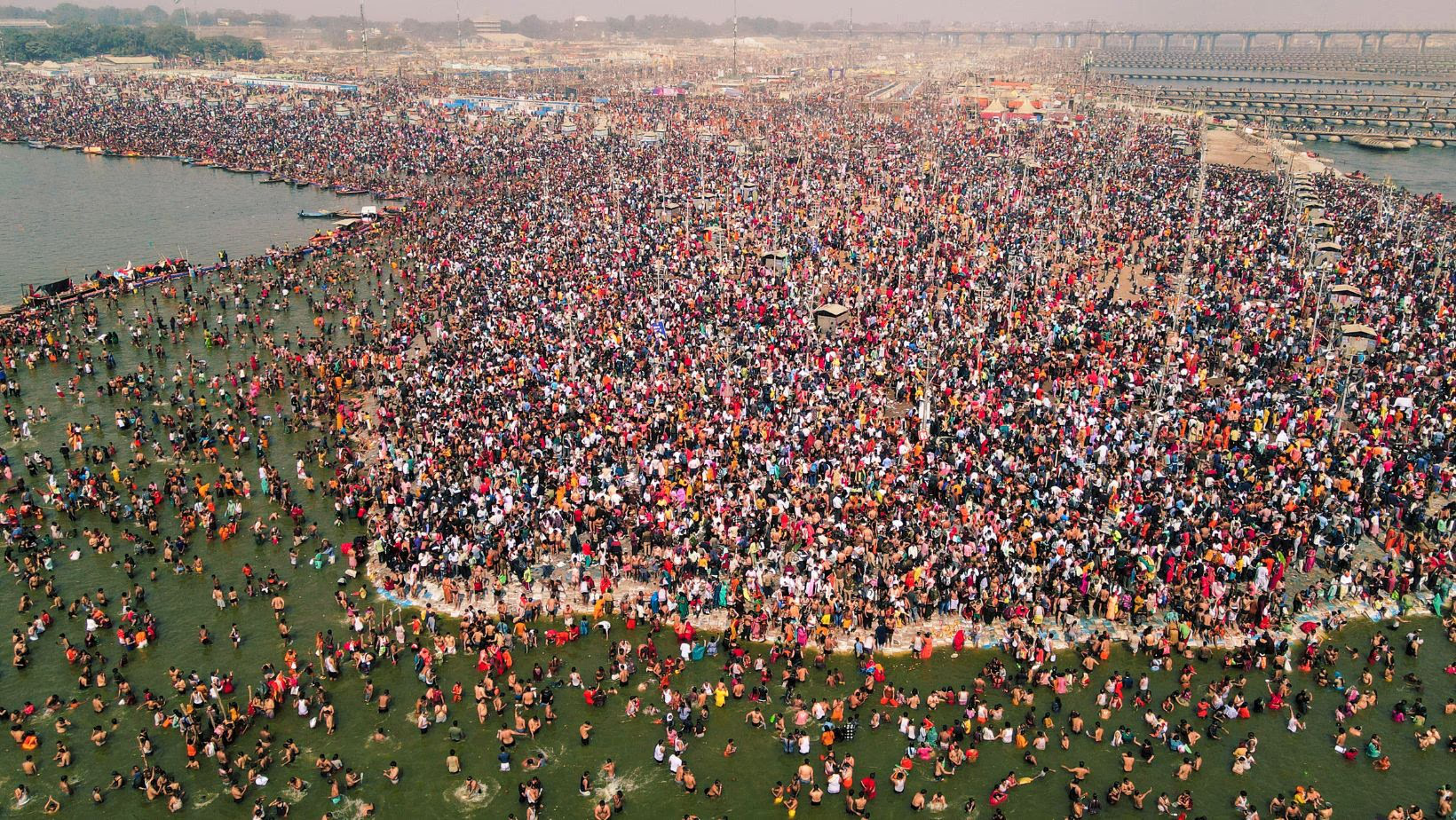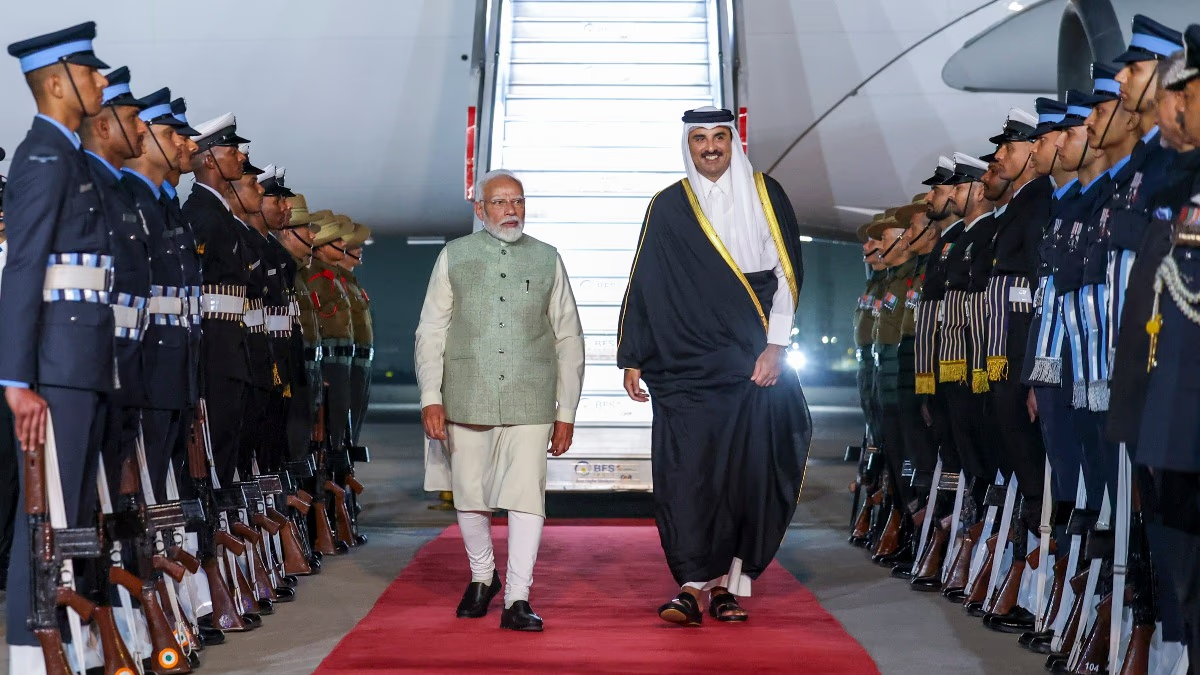As the Maha Kumbh reaches 36 days, Uttar Pradesh's Chief Minister Yogi Adityanath predicted 400 million attendees, with over 530 million having already bathed at Sangam. The set goal extends to 600 million, but Adityanath indicates preparations aim for 1 billion. Questions arise: are past traffic jams and packed trains en route to Kumbh symbolic of the broader influence of faith attracting half the country's population?
On the Prayagraj-Varanasi rail line, the Gyanpur Road station experiences alarming crowds as people flock for Maha Kumbh. Some, hindered by train delays, risk jumping off moving trains. Is this due to the growing throngs, or the sheer dedication of going to Kumbh regardless of hurdles?
Crowds Persist Despite Stampedes
Post-January 29, a disorganized influx led to chaos, with official reports counting 30 deaths amid the stampede. February 15 saw more chaos with a rush leaving 18 dead. Danger doesn’t detract devotees, as numbers continue unabated.
No decrease is seen in New Delhi railway station chaos, nor in vehicles battling lengthy jams. Prayagraj airport photographs mirror train station scenes. With 53 million visitors in 36 days, could the ongoing Kumbh exceed 700 million attendees by February 26, prompting potential extensions?

Source: aajtak
Main event on February 16 at the Maha Kumbh with devotees bathing at Sangam (PTI)
Will Devotee Numbers Surpass 700 Million?
This speculation stems from CM Yogi Adityanath and ex-CM Akhilesh Yadav. Adityanath estimates attendance could hit 600 million. With over 12.3 million on Kumbh's 36th day and a daily average of 15 million, another 13.5 million are anticipated by February 26, potentially exceeding 660 million. Add further Devotees on Shiva's night may push totals past 700 million, triggering political critique and calls for prolonged Kumbh festivities.
Away from politics, it's clear that public turnout at Kumbh remains robust. A Monday night video from Prayagraj showed the Nayni Bridge jammed with vehicles, raising questions: Is the 144-year Maha Kumbh allure drawing crowds, or is it faith driving such attendance records?
Pew Research says 80% of Indians want their leaders to share religious beliefs. Is this devotion fueling Kumbh attendance? While Indian Railways transports over 1 million daily to Prayagraj on Kumbh specials, especially from Bihar, the journey matters not; destination does, whether easy or hard.
The Unyielding Will to Attend Kumbh
Ordinary people, immersed in respect and devotion, traverse from Bihar to Uttar Pradesh. Even with children, exhausted women, broken window panes, and crowded carriages, the focus is on reaching Prayagraj, as rail authorities struggle despite running up to 300 special trains daily. Pushing responsibility to public persistence or unexpected astrological alignments, trains from Patna to Prayagraj reveal the same packed scenes day and night.
Seeing rope barriers lost to crowds, Samastipur rail officials urged patience, but fervor overrides caution. Enthusiasm overrides adversities as people flock on windows when doors jam. Reflective of persistent challenges, even those with tickets may find reserved seating unreachable.
Responses split in two parts: questioning the system when wedged in corners, yet marveling at the experience upon arrival. Overwhelmed by the sacred bath, struggles recede, stating: 'Everything’s perfect.'
Waterways to Prayagraj
Initially seen only on grand bathing days, crowds at Kumbh surged on weekends. When numbers steadily rose, Buxar’s tale of seven people navigating 275 kilometers on a motorboat astonished, proving the path is water or asphalt; Kumbh’s call remains unyielding. With nine days left, CM Yogi Adityanath wonders if recognizing faith’s economic role could reshape national policies, as political debates carve space for new economic ideas.




